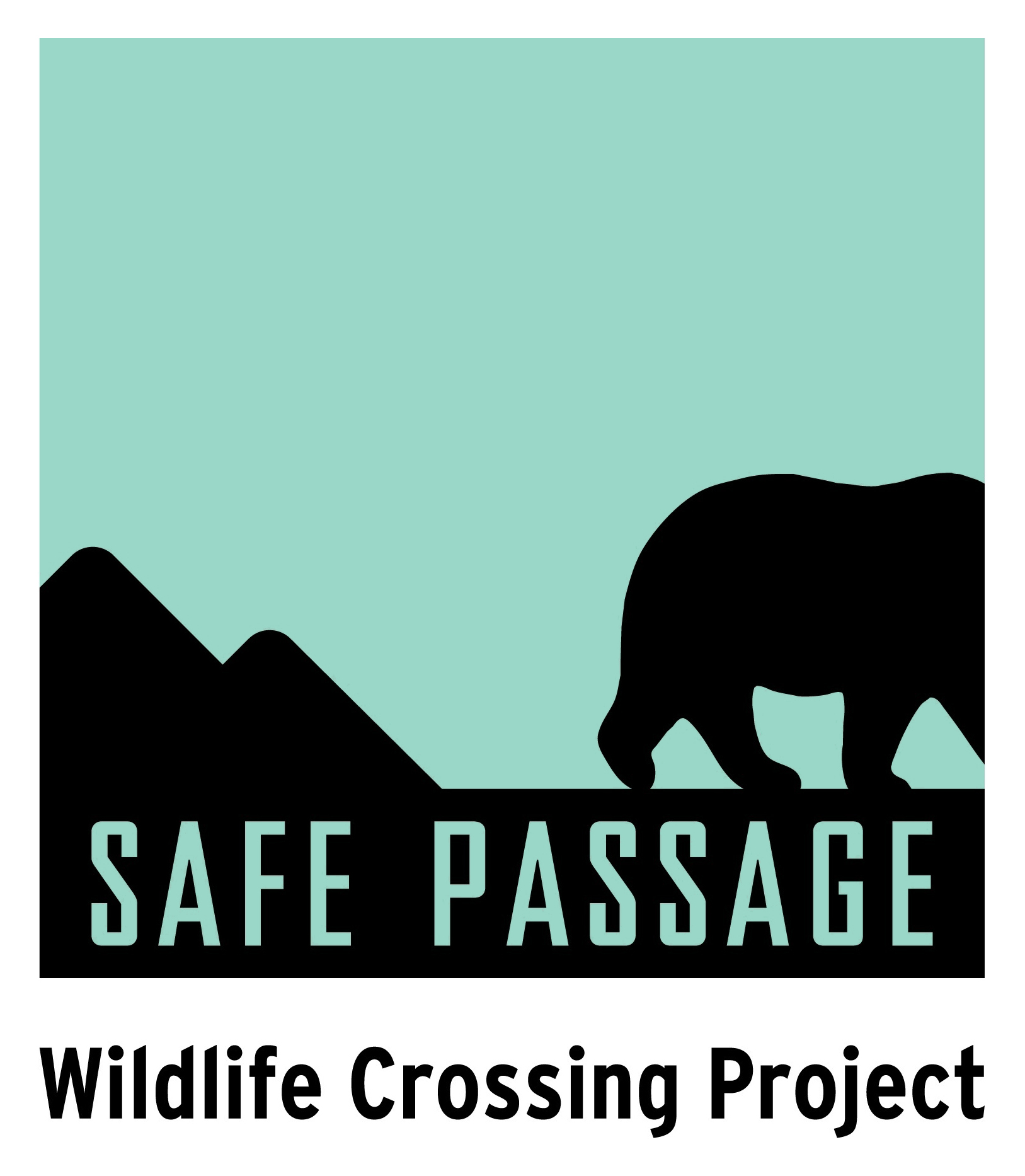Before you can solve a problem, you have to understand it. Like many other roadways around the nation, the Safe Passage project area — a 28-mile stretch along I-40 in western North Carolina and east Tennessee — has created a “barrier effect” for wildlife, fragmenting species’ habitats and separating wild animals from their needs.
Safe Passage is part of a growing national and global effort to create safe crossings for wildlife. Using a study and process known as road ecology, Safe Passage aims to help its target region plan and implement a variety of crossing structures, from culverts to bridge extensions and overpasses, designed just for animals.
A combination of fencing and crossing structures has been used successfully in countries all over the world, from France and Germany to Singapore and South Korea. In North America, Canada and Mexico have also successfully created effective crossings, and now, states like California, Colorado, Texas, Virginia, Washington and Utah are focusing on road ecology too.
Before coalition partners can begin increasing highway safety for animals and humans alike, states’ Departments of Transportation need scientific data to make informed plans. For the last two years, National Parks Conservation Association and Wildlands Network have been conducting field research to evaluate how roadways outside Great Smoky Mountains National Park influence black bear, white-tailed deer, and elk.
The researchers’ multi-faceted approach assesses wildlife’s use of existing structures, road mortality, and activity within the highway right-of-way. It also identifies and predicts elk road-crossing locations using movement information from GPS-collared elk. This will help identify areas along the interstate where mitigation strategies such as fencing and crossing structures could be best implemented to reduce wildlife–vehicle collisions and increase habitat connectivity.
